17 Incredible Things We Just Found Out About Bat Poop
Bat poop—yes, bat poop—is far more fascinating than you might think. You probably don’t give it much thought (unless it’s in your attic), but believe it or not, bat droppings have shaped history, boosted science, and even helped win wars. Yep, guano is kind of a big deal.
In short, bat poop isn’t just a mess—it helps plants grow and even reveals climate secrets. Here are 17 surprising facts that might change how you see these underrated droppings!
Bat Poop Helped Fuel Wars

Credit: unsplash
Believe it or not, bat guano played a role in the American Civil War. The Confederates cut off from gunpowder supplies and mined bat caves for saltpeter (potassium nitrate). This was a key ingredient in making explosives. Bat poop also provided gunpowder for the War of 1812.
It’s a Gold Mine for Fertilizer
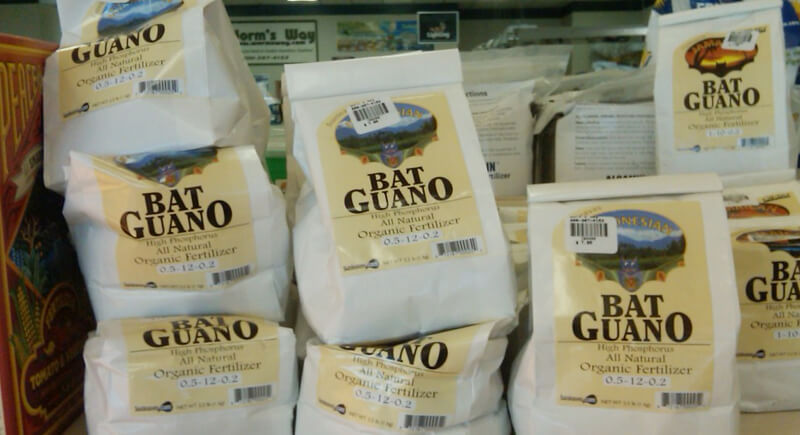
Credit: flickr
Bat poop is packed with nitrogen, phosphorus, and potassium. These are three essential nutrients for plant growth. Farmers have used guano as fertilizer for thousands of years, and it’s still considered one of the best natural soil enhancers today. It strengthens roots, speeds up growth, and even improves soil texture.
Bat Poop Can Reveal Climate Change History

Credit: flickr
Scientists analyze ancient bat guano layers to study past climates. The nitrogen and carbon isotopes in guano preserve records of past rainfall, temperature changes, and atmospheric conditions over thousands of years. By studying these layers, researchers can reconstruct past climate events and understand how ecosystems have evolved.
Histoplasmosis: The Hidden Danger in Bat Poop

Credit: iStockphoto
While bat poop has its benefits, it can also be dangerous. Histoplasma capsulatum, a fungus found in guano, can cause histoplasmosis, a respiratory infection that can be fatal in people with weakened immune systems. Cleaning up bat droppings without proper protective gear? Bad idea.
It Can Literally Collapse Buildings

Credit: flickr
A small pile of bat poop might not seem like a big deal, but over time, thick layers of guano can become so heavy that they cause ceilings and beams to collapse. In abandoned buildings and caves, unchecked guano buildup has been known to cause serious structural damage.
Guano Fueled an International Mining Boom
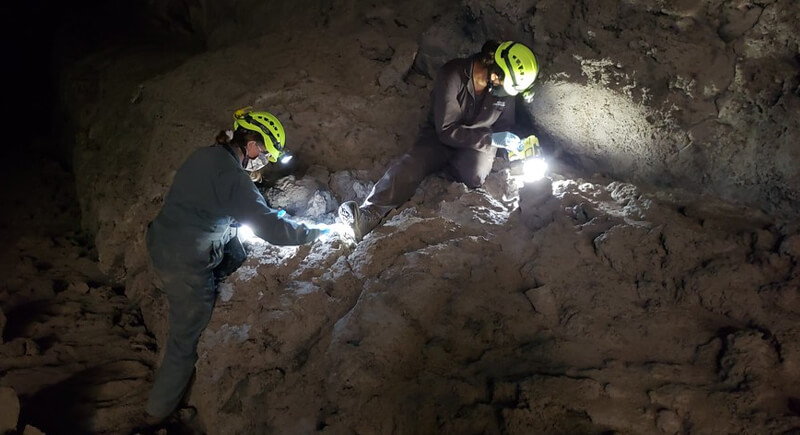
Credit: flickr
During the 19th century, guano was so valuable that entire islands were stripped of bat and bird droppings. Peru’s guano trade boomed, with exports skyrocketing to supply European and American farms. Today, guano mining still happens in parts of the world, though conservation efforts have made it more sustainable.
It’s a Key Ingredient in Organic Pest Control
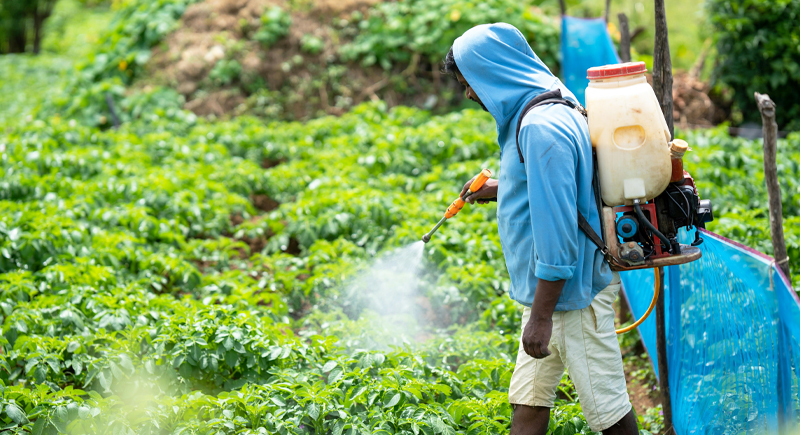
Credit: pexels
Bat guano also naturally repels harmful insects. Farmers use bat poop to control pests without harmful chemicals, making it a useful part of organic agriculture. Next time you see a lush, thriving organic farm, you might have bats to thank.
Bats Keep Ecosystems Running by Pooping
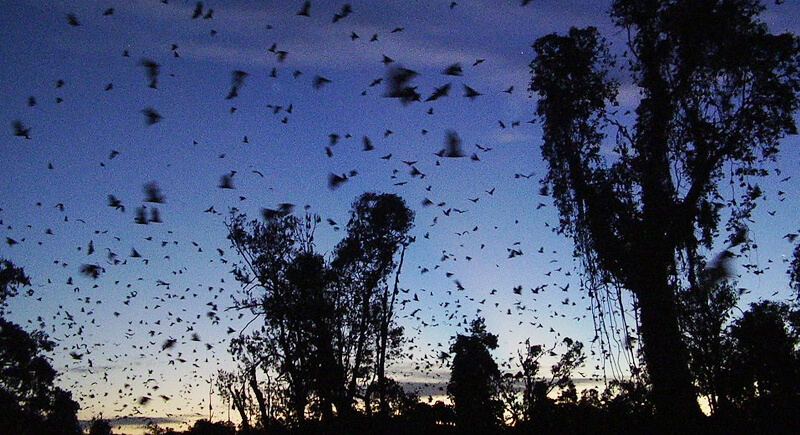
Credit: flickr
Guano is critical to cave ecosystems. Many insects, fungi, and microorganisms depend on bat droppings for food. In fact, some species would go extinct without the nutrients found in bat poop. Turns out, a pile of bat droppings is more like a thriving mini-ecosystem.
Guano Contains Hidden Medical Secrets
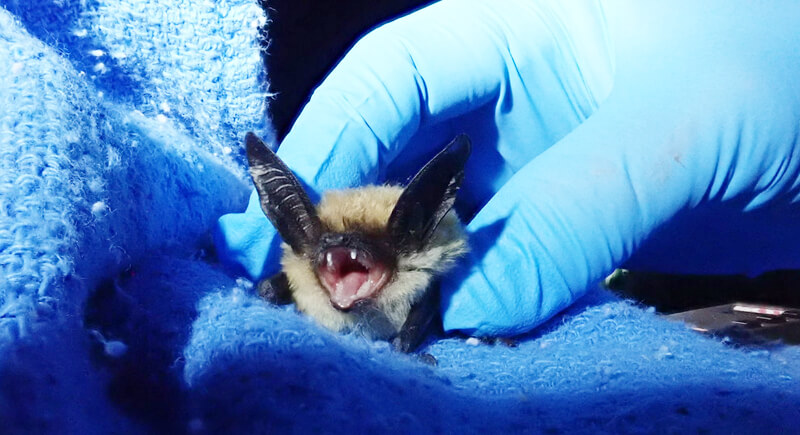
Credit: flickr
Scientists have discovered that bat poop contains unique bacteria that could help develop new antibiotics. Some of these microbes have powerful antifungal properties, making them potential game-changers in medicine. Who knew poop could save lives?
It’s Been Used in Ancient Farming for Over 5,000 Years

Credit: Wikimedia Commons
Long before modern fertilizers existed, ancient civilizations—like the Incas—valued guano as a precious resource. Access to the best guano deposits was tightly controlled, and disturbing seabirds that produced guano was punishable by death. Now that’s taking fertilizer seriously!
Guano “Tea” Is a Thing
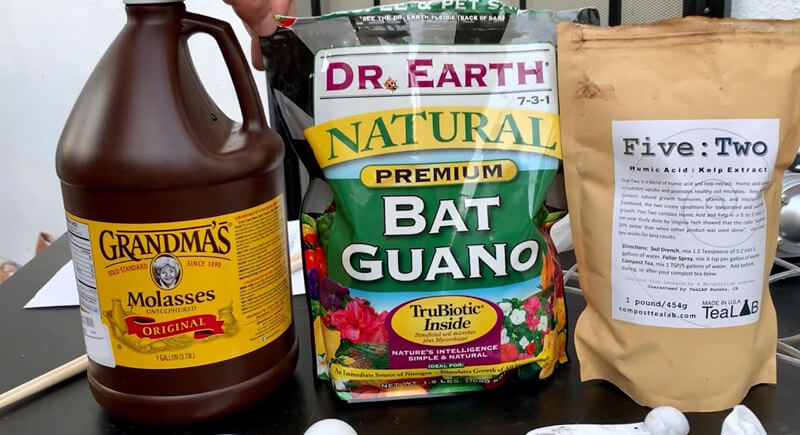
Credit: Youtube
Believe it or not, gardeners brew bat poop tea to supercharge plant growth. The process? Soak guano in water overnight, strain the liquid, and use it as a powerful organic fertilizer. It’s like an energy drink for plants!
Bats and Coffee: A Weird Connection

Credit: Facebook
Ever heard of bat spit coffee? While civet coffee (Kopi Luwak) is famous, some coffee producers use bats to nibble on coffee cherries. The bats’ saliva alters the beans’ enzymes, creating a smoother, sweeter flavor. Fancy a cup of bat-processed brew?
Bat Poop Isn’t in Mascara (Despite the Rumors)

Credit: Wikimedia Commons
Ever heard the myth that mascara contains bat poop? That’s false. The confusion comes from the ingredient guanine, which gives cosmetics a shimmery effect. While “guanine” comes from the word “guano,” the beauty industry gets it from fish scales, not bat poop.
Guano Can Help Restore Toxic Soil

Credit: Wikimedia Commons
Microbes found in bat poop can break down toxins in soil, making it fertile again. Researchers are even exploring how bat guano could be used to clean up oil spills and contaminated land.
Some Bat Poop Is Radioactive

Credit: flickr
Yes, really! In certain caves, bat guano absorbs radiation from natural uranium deposits. Scientists studying guano from these areas have detected low levels of radioactivity, proving that bats interact with their environment in more ways than we realize.
Bat Guano Yields Biopolymer Materials
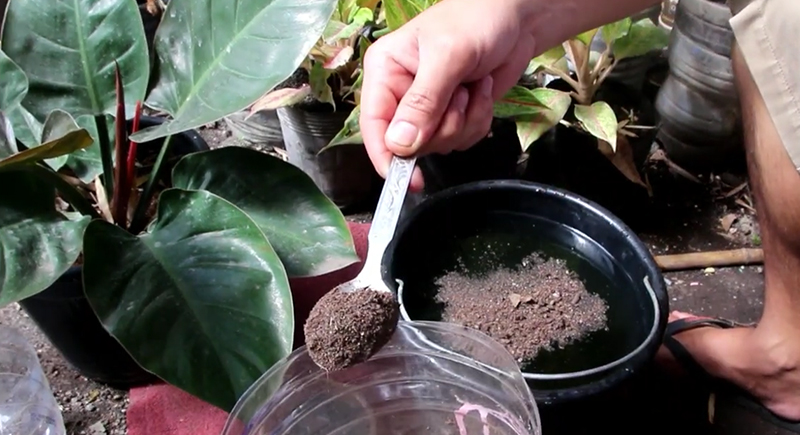
Credit: Youtube
Bat poop is turning heads in material science. Researchers have discovered that it contains approximately 28% chitin, a natural polymer used to produce chitosan, which has applications in medicine, textiles, and environmental cleanup. This makes bat guano a surprisingly sustainable alternative to crustacean shells for biopolymer production.
Bat Guano DNA Unlocks Bat Ecology Mysteries
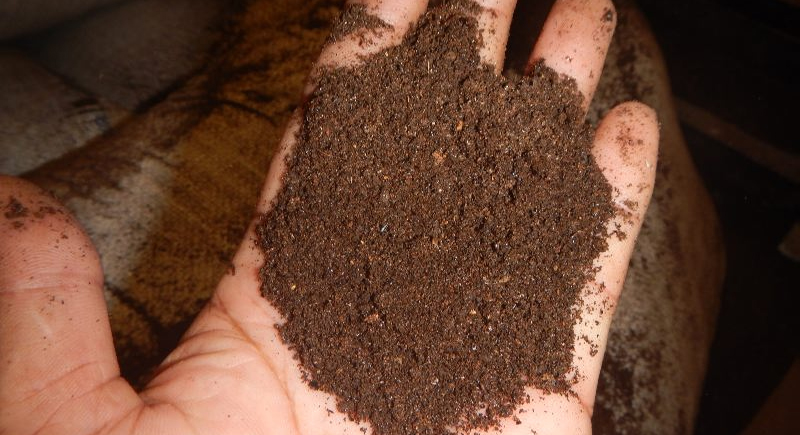
Credit: Wikimedia Commons
Collecting bat droppings beneath roosts lets scientists unlock hidden ecological data. DNA extracted from guano identifies species, diet, and even environmental stress markers. This noninvasive method is revolutionizing bat conservation, offering precise insights into population health, migration patterns, and ecosystem changes through the slightest trace of bat poop.